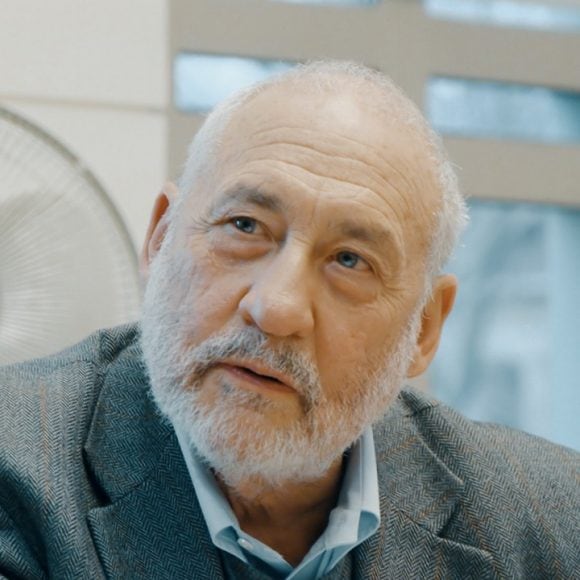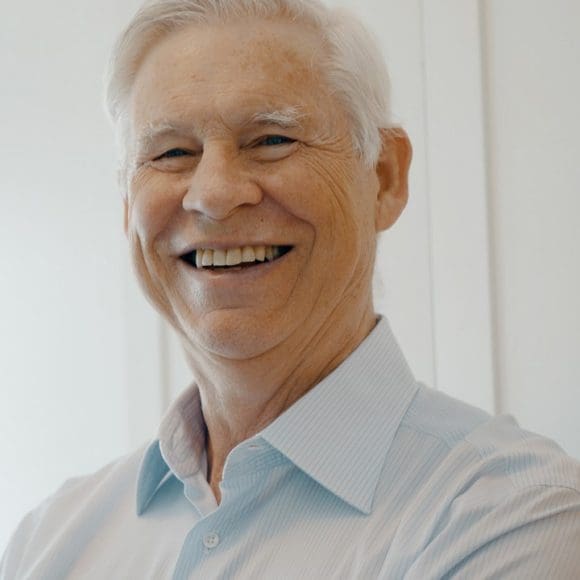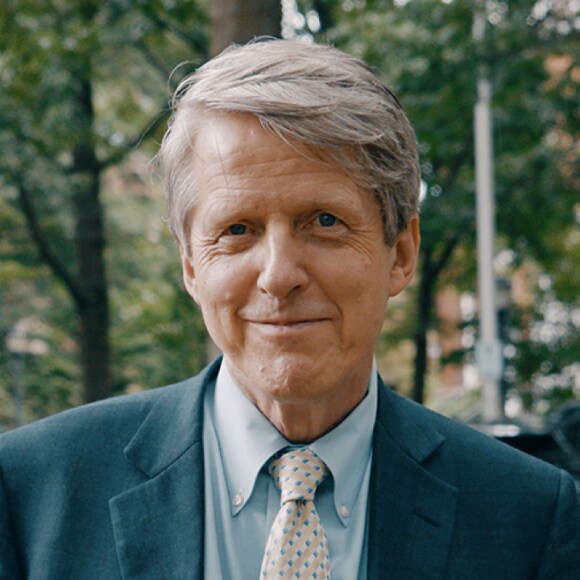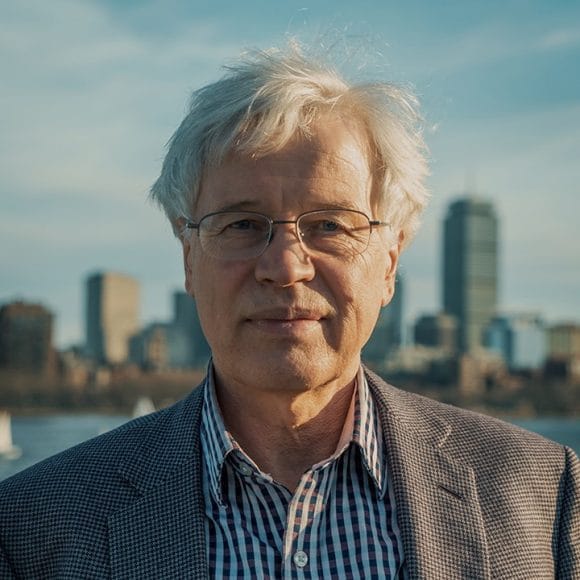How to avoid financial crisis
The devastation of financial crises are comprehensive and should by all means be avoided. But, can economists ever develop sustainable forecasting methods that prevents future crises? Or are we fooling ourselves?
Has this question inspired you?
Has this question inspired you?
Get the latest Nobel Perspectives updates delivered to you.
Looking through history, financial crises occurred over and over. The most famous one happening in 1929 and the most recent one in 2007, the latter one with effects that are still visible today.
“We know the history of banking was financial crises,” says a Nobel economist during an interview in New York City. “Why, in the end of the 20th century we thought we would have no more financial crisis, was foolish.” The man speaking is Joseph Stiglitz. A strong voice in the discussion around financial crises and one of the ones who has pointed out, multiple times, that we should never forget who's caused it and who has suffered most from it happening: the people at the bottom.
As a child of the Great Depression – which began in October 1929 and caused a 10 year depression in all industrialized countries – Stiglitz knows that history repeats itself. The most recent financial crisis began in 2007 and even if some might had seen it coming, like Nobel Laureate Robert Shiller, not many people would have actually believed it. “It reflects human nature,” says Shiller. “When prices start going up, people get excited and some of them will rush in and buy and prices will go up more. But it’s unsustainable. Eventually, it’s going to burst.”
People did not know what products they were trading. Basically, this is how it is supposed to work.
Shiller fights against the belief that markets should be left alone and instead advocates for different types of regulation and the creation of new financial markets and institutions. “What we need is a society that encourages financial innovation rather than being hostile to it, but that is skeptical and involves government regulators who will police efforts to deceive,” he says.
Bengt Holmström, a fellow Nobel Laureate in Economics, emphasizes that it’s important to rely on a correct diagnosis regarding how to avoid future crises. “It’s instrumental for everything going forward,” he says. “People did not know what products they were trading. Basically, this is how it is supposed to work.”
Could we ever learn enough from the past to foresee a potentially new financial crisis? One person who is working on shaping our forecasting methods is Nobel economist Robert Engle. And unlike some of his colleagues, Engle doesn’t blame bankers.
“They wouldn’t have taken so much risk if they’d known they were doing it,” he argues. “People wouldn’t see what the long-run risks are, they are focused on the short-run risks. We call this risk myopia,” Engle explains. “If the risk is really constant at its level, that’s one thing, but if it changes from that level, it can get worse.” One of his interpretations of the financial crisis is therefore to improve risk management. “To make better decisions, have smaller errors and avoid these kinds of events in the future.”
I think we need more cooperation between countries and a little more flexible fiscal policy.
Known as the premiere econometrician in the world, Engle analyzes econometric models and companies’ performances, all over the globe. In his Volatility Laboratory, also known as V-Lab, which he founded after receiving the Nobel Prize, he and his colleagues run 60,000 econometric models each day. They gather data from every market around the world to examine and prove their theories while exploring how volatility changes from time to time with the goal of coming up with better risk measurements.
Engle forecasts that it could be the Asian financial sector where a potential crisis could happen next. He also thinks Europe has a lot to do in rebuilding the structure of its financial sector. “This is why I think we need more cooperation between countries and a little more flexible fiscal policy.”
In a world where almost all countries are affiliated with one another through commerce, banking systems or stock markets, changes in one country can have a huge impact on another country’s economy. Today, Engle can only forecast one day into the future but his ultimate goal is to be able to forecast risk months ahead, or even a whole year.
“Want to know how much capital it would take to rescue the entire banking system of the world if we have another financial crisis? Today that number is about 3.5 trillion dollars. It’s a big number.” While he acknowledges that it’s not as big as it was in 2008 and 2009, it’s still too big to let it happen.
Has this question inspired you?
Has this question inspired you?
Get the latest Nobel Perspectives updates delivered to you.






